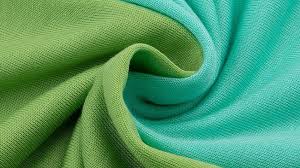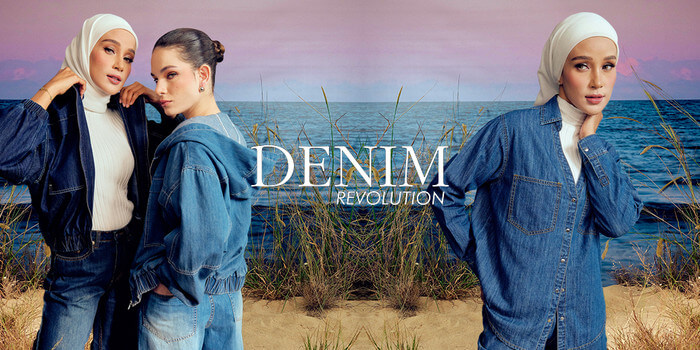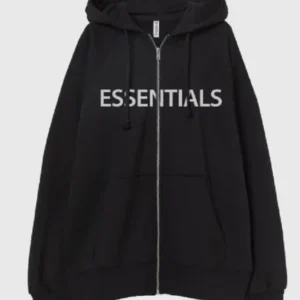
As the fashion industry continues to shift toward sustainability and transparency, brands are reevaluating not just their designs, but their raw material sources. One of the clearest indicators of this change in 2025 is the growing preference for eco-conscious textiles—specifically, Tencel. Made from sustainably sourced wood pulp, Tencel is quickly becoming the fiber of choice for designers committed to responsible fashion. But the material alone isn’t the full story. It’s the strategic partnerships with Tencel fabric suppliers that are driving this transformation forward.
What Is Tencel and Why Is It So Popular?
Tencel is a branded version of lyocell and modal, developed by Lenzing AG. These fibers are derived from renewable wood sources, primarily eucalyptus, beech, and spruce trees. The production process uses a closed-loop system that recycles water and solvents, minimizing environmental waste. The result is a fabric that is not only soft and breathable but also biodegradable and gentle on the planet.
In 2025, consumers are increasingly looking for garments that reflect their values—natural, ethical, and sustainable. This has pushed fashion brands, from high-end labels to everyday retailers, to seek out materials that tick all the right boxes. Tencel fits perfectly into this growing demand, offering a premium feel with a low ecological footprint.
The Shift Toward Sustainable Supply Chains
Fashion is no longer just about aesthetics. Today’s designers and consumers are demanding transparency, which means brands must understand the origins of their fabrics and how they’re processed. By working closely with Tencel fabric suppliers, fashion companies gain access to traceable, responsibly produced textiles that support ethical sourcing at every stage.
These suppliers often provide documentation and certifications that verify their sustainable practices, including OEKO-TEX®, FSC®, and GOTS standards. For brands looking to improve their ESG (Environmental, Social, and Governance) scores or meet consumer expectations around eco-conscious fashion, these partnerships are essential.
Moreover, sustainable supply chains are proving more resilient in a post-pandemic world. With climate concerns and regulatory pressures growing, brands that invest in eco-friendly suppliers are building a more future-proof business model.
Tencel’s Versatility Across Fashion Categories
One of the key reasons Tencel is gaining traction is its incredible versatility. Tencel fibers can be woven or knitted into fabrics suited for a variety of uses—casualwear, activewear, loungewear, denim, intimate apparel, and even luxury fashion. The material blends beautifully with cotton, silk, wool, and other natural fibers, allowing for creative flexibility while maintaining sustainability standards.
Designers value Tencel for its smooth drape, moisture-wicking capabilities, and durability. The fabric holds dye well, resulting in rich, long-lasting colors, which is a major plus for brands aiming to reduce water-intensive dyeing processes.
Consumer Awareness Is Driving the Trend
Today’s fashion consumers are not just price- or trend-driven—they’re informed and conscientious. Labels such as “eco-friendly,” “biodegradable,” or “ethically sourced” carry real weight, and Tencel products meet all these criteria. Gen Z and millennial shoppers, in particular, are pushing for transparency and sustainable practices in every aspect of the fashion lifecycle.
By sourcing directly from Tencel fabric suppliers, brands can promote their commitment to conscious fashion through authentic storytelling and verified sourcing practices. These partnerships become part of a brand’s identity, helping them stand out in a crowded and increasingly competitive marketplace.
Innovation and Collaboration: A Strategic Advantage
Tencel fabric suppliers are not just selling fabric—they’re offering innovation partnerships. Many work closely with brands to develop exclusive weaves, blends, and finishes tailored to specific design goals. From performance fabrics for activewear to soft knits for baby clothing, suppliers are continually pushing the envelope of what Tencel can do.
Brands benefit from this R&D access, gaining first-to-market opportunities with the latest textile innovations. This type of collaboration not only enhances product quality but also reinforces the brand’s commitment to forward-thinking design.
Government and Industry Support
Governments and regulatory bodies are also playing a role in this shift. Many regions are now incentivizing sustainable sourcing, offering tax benefits, funding, or certifications for companies using eco-conscious materials. Tencel, with its well-established sustainability credentials, often qualifies under these programs.
Industry platforms and trade organizations are highlighting case studies of successful partnerships with Tencel fabric suppliers, making it easier for emerging and mid-sized brands to make the transition.
Final Thoughts
The fashion industry in 2025 is undergoing a fundamental transformation—one driven by sustainability, innovation, and consumer demand for responsible production. Tencel stands at the intersection of comfort, style, and ecological responsibility, and it’s no surprise that more and more fashion brands are turning to Tencel fabric suppliers as trusted partners in this journey.
For labels looking to remain competitive, relevant, and responsible in a rapidly evolving market, aligning with sustainable fabric suppliers isn’t just a trend—it’s a strategic necessity.







